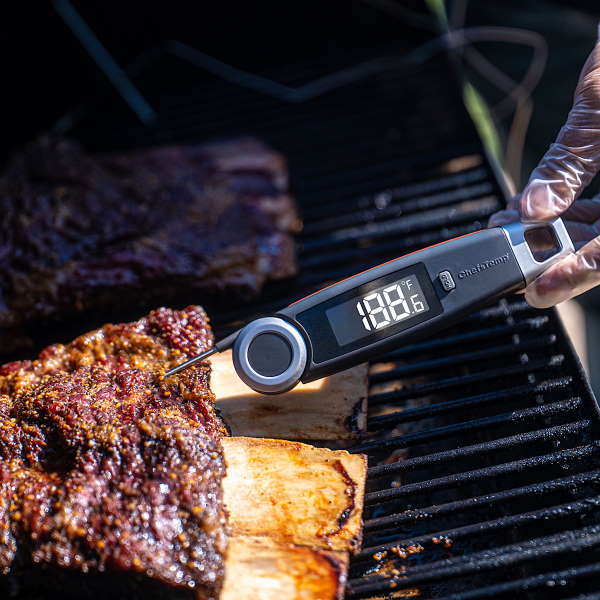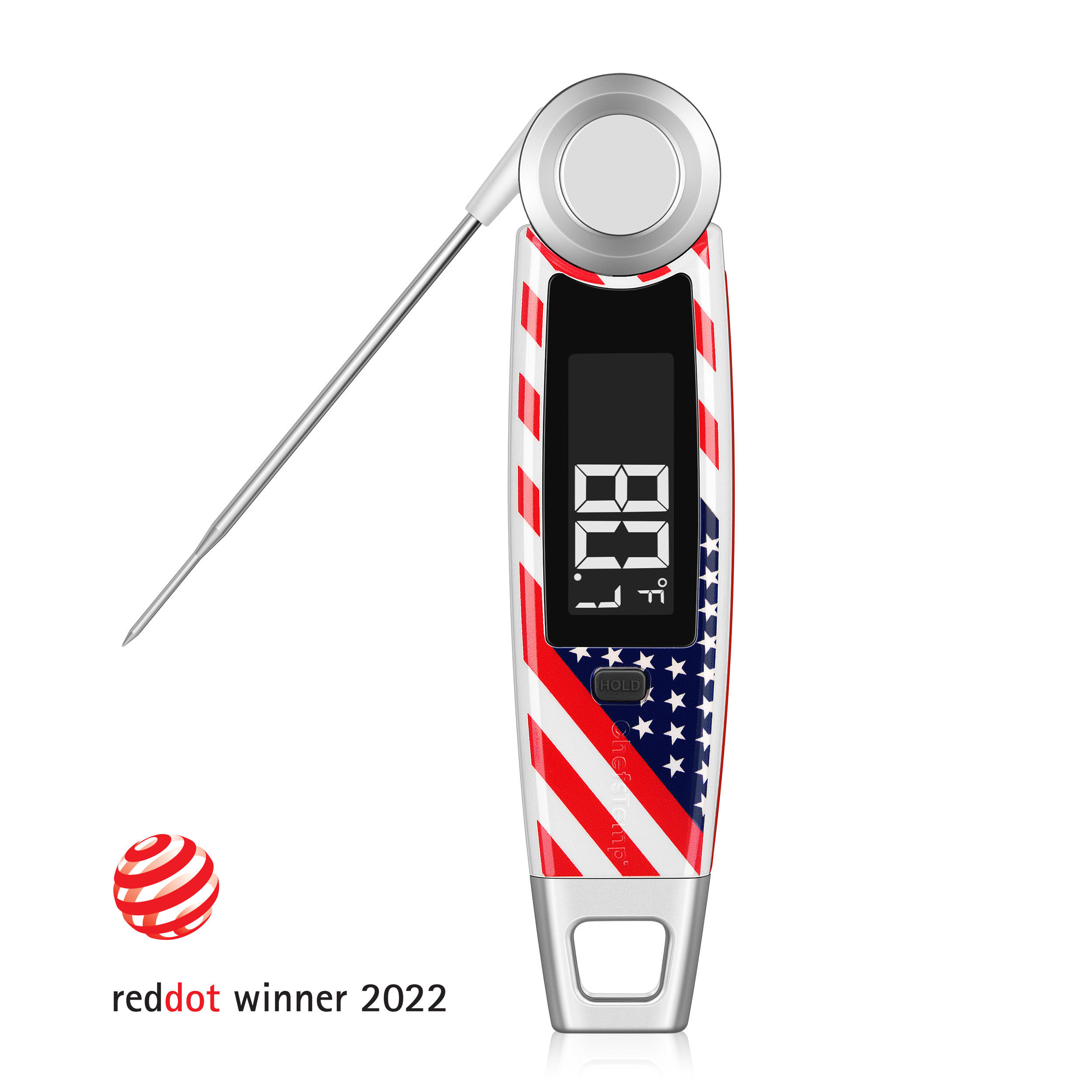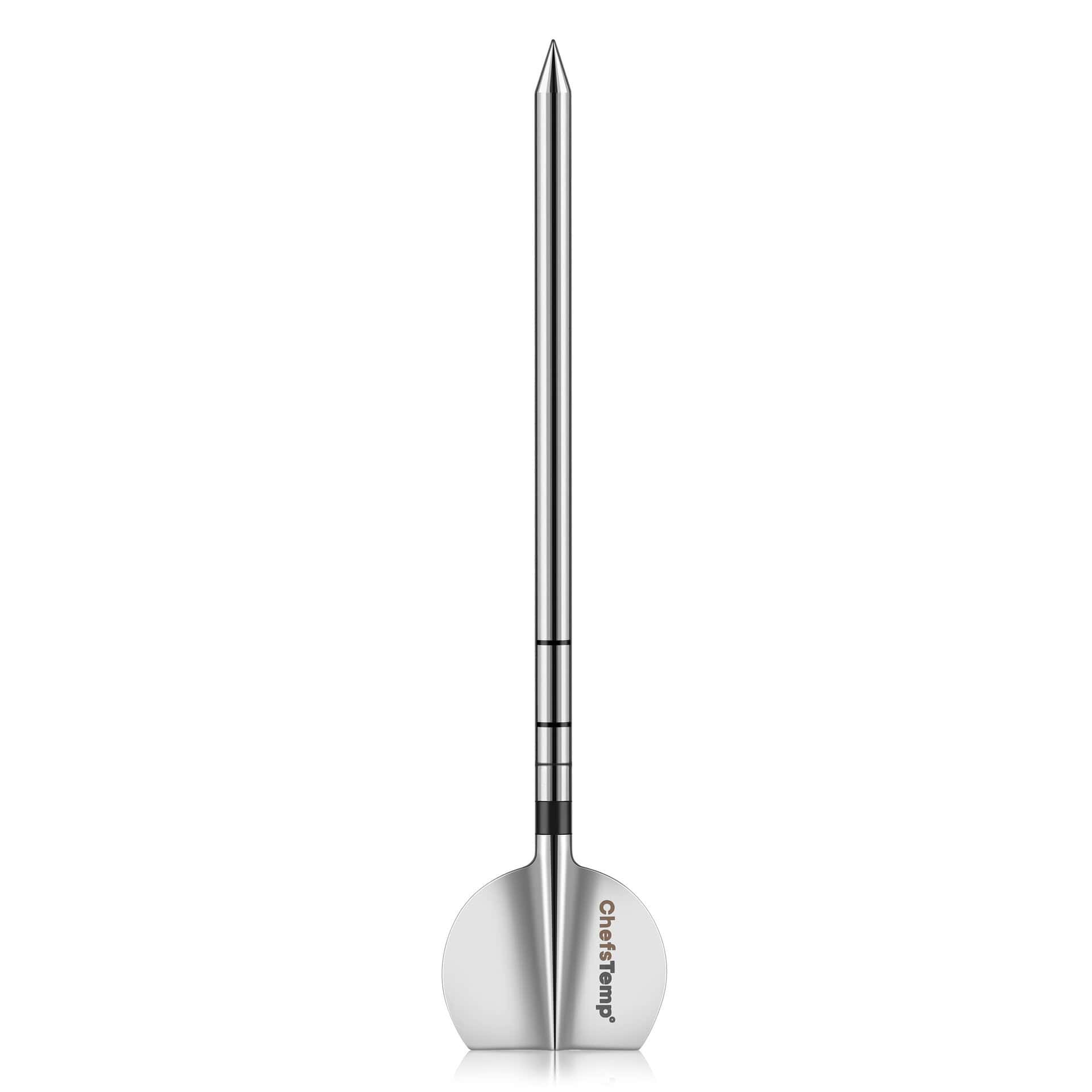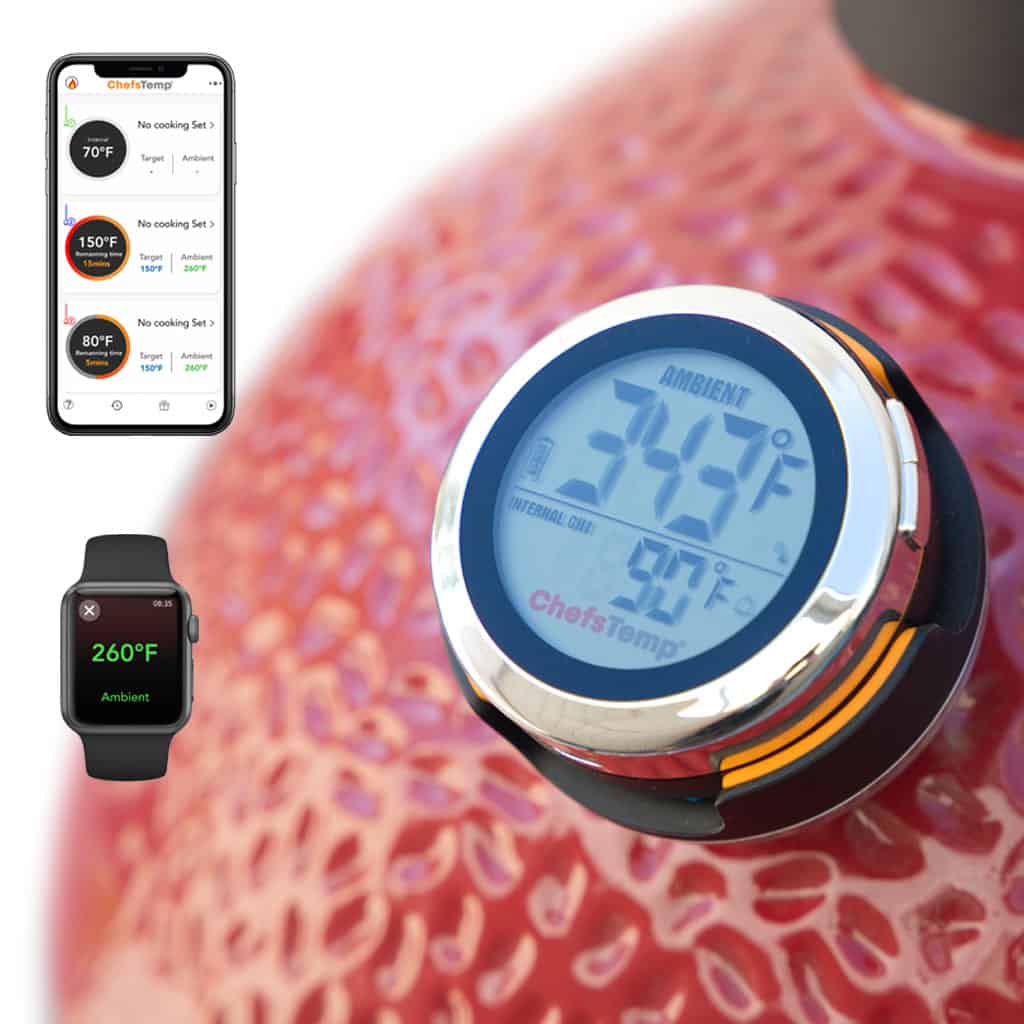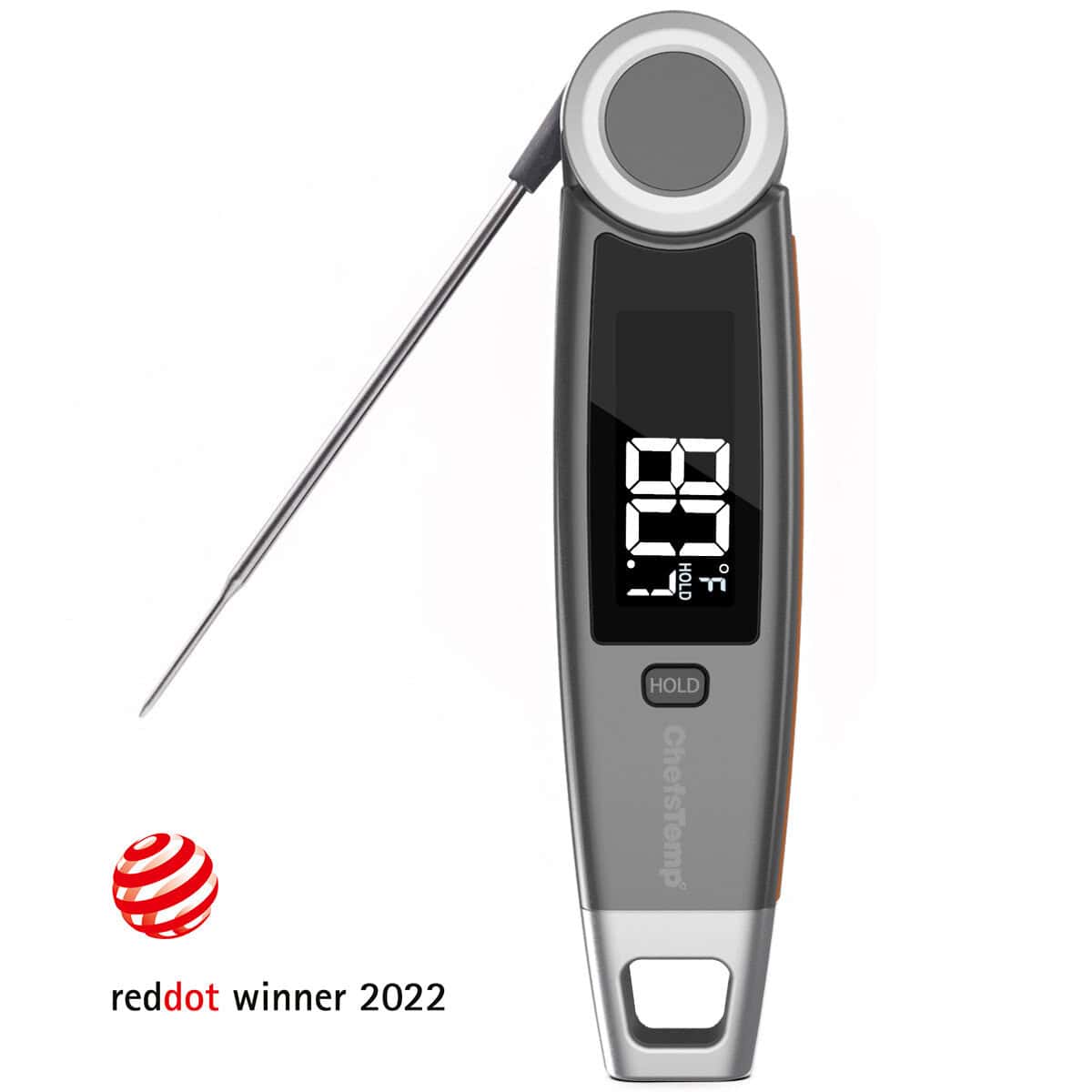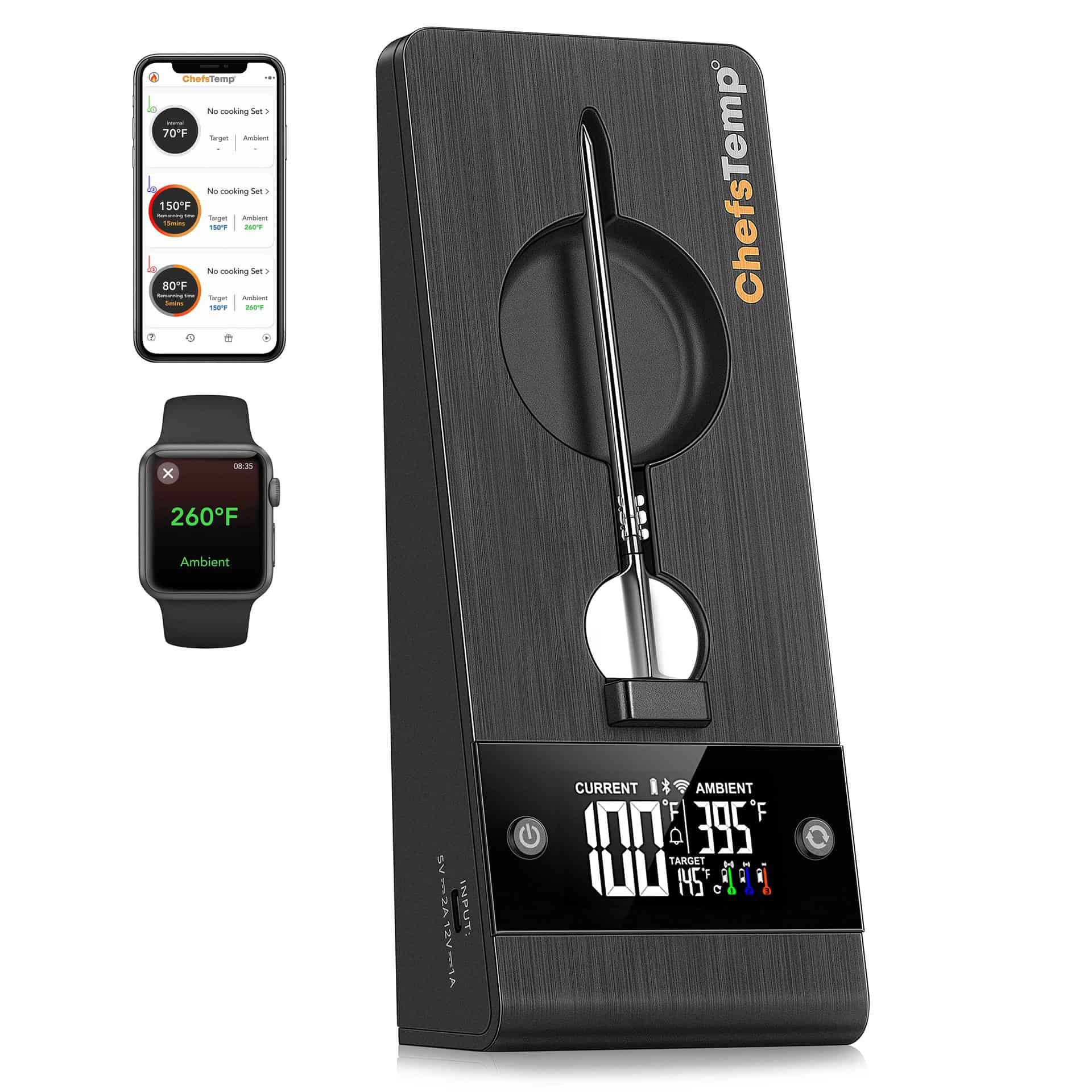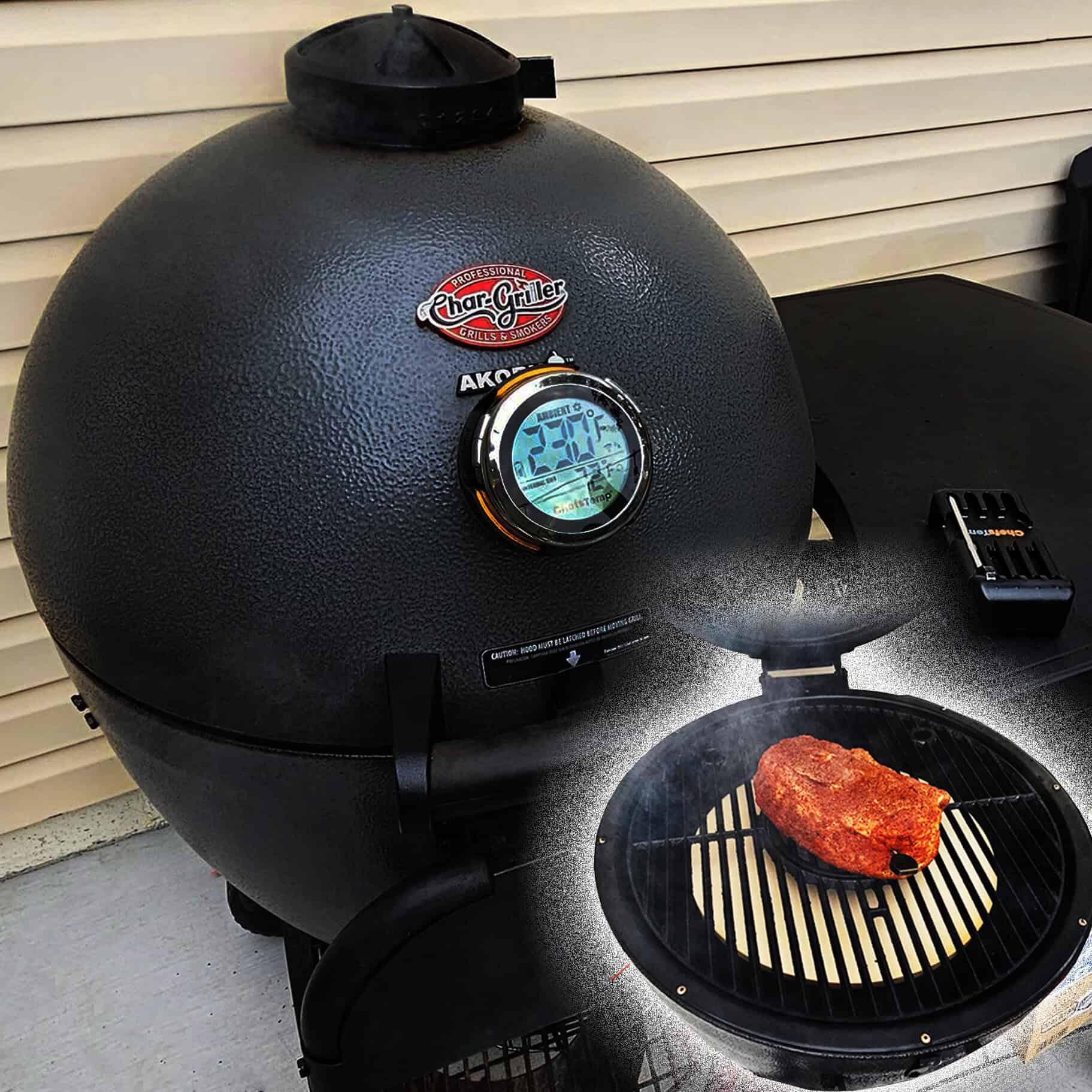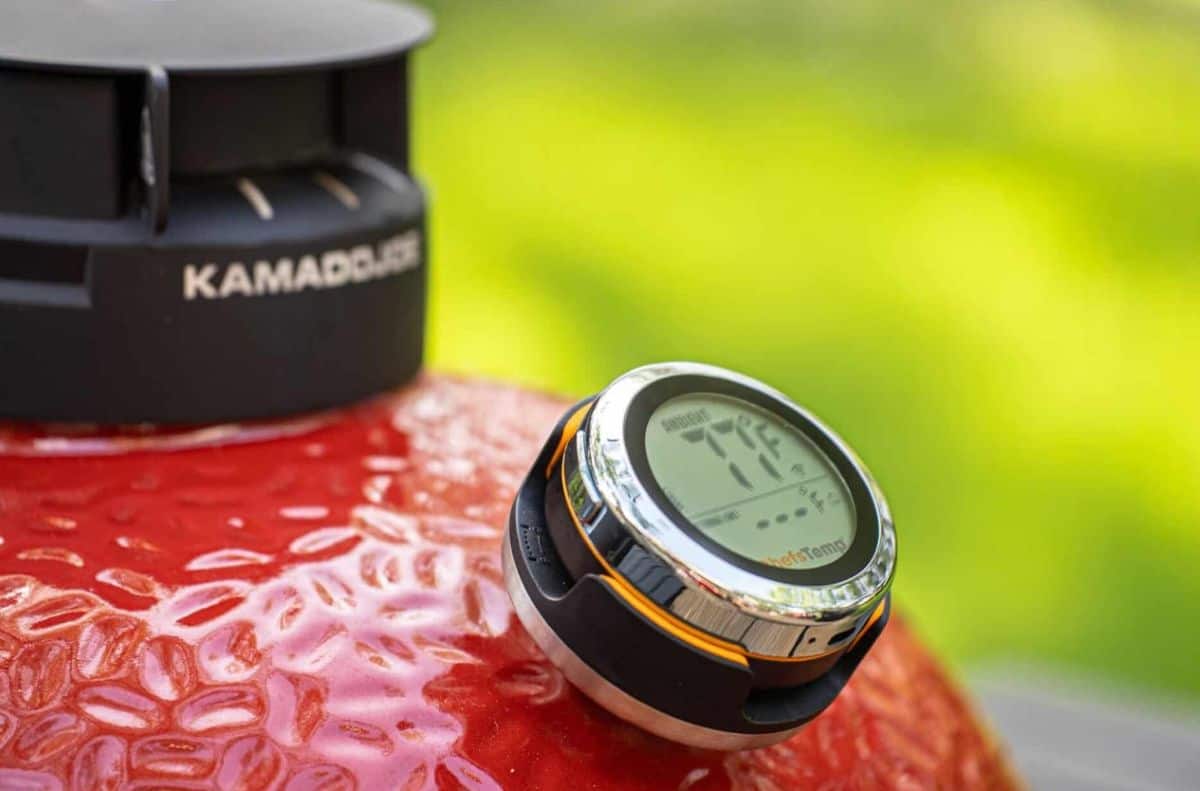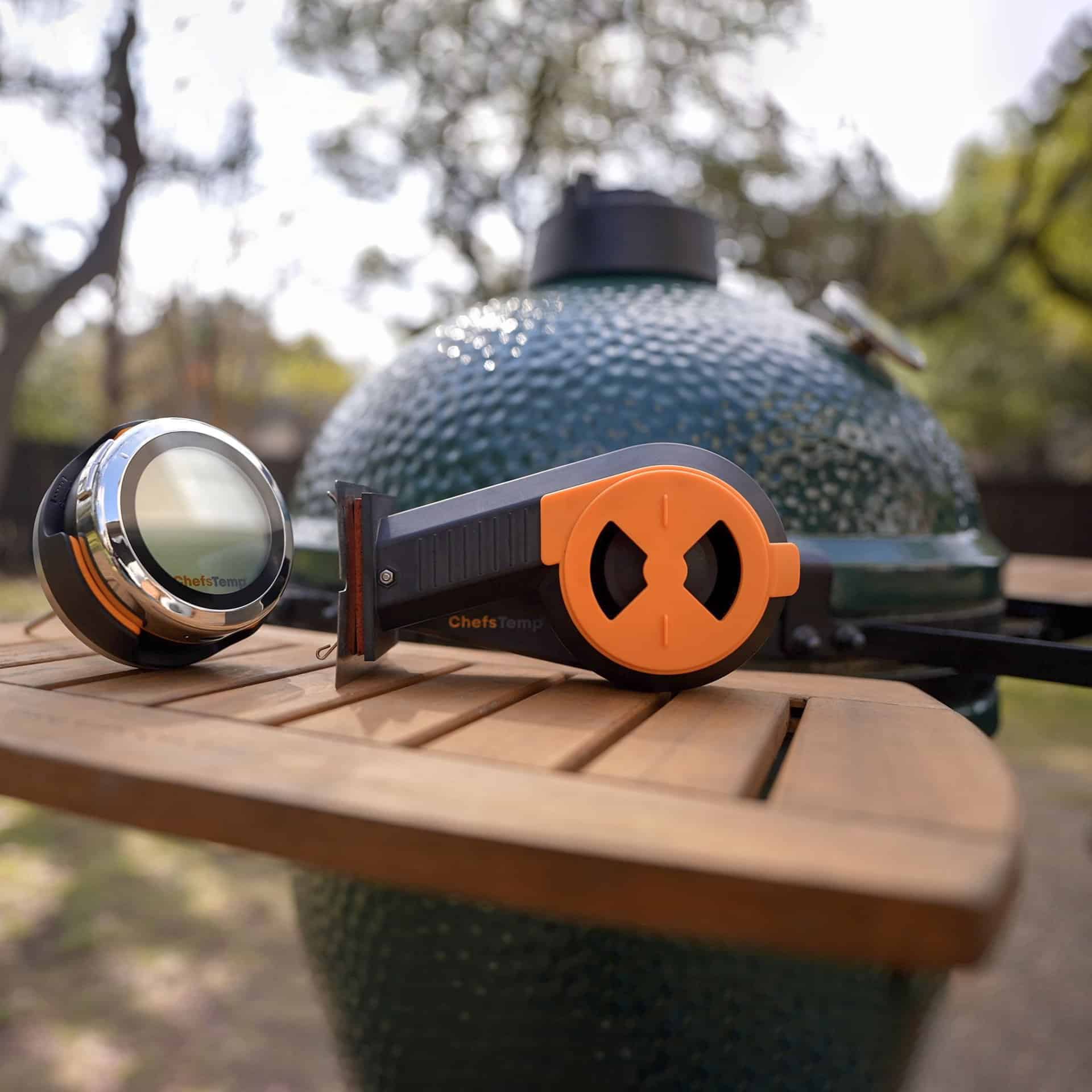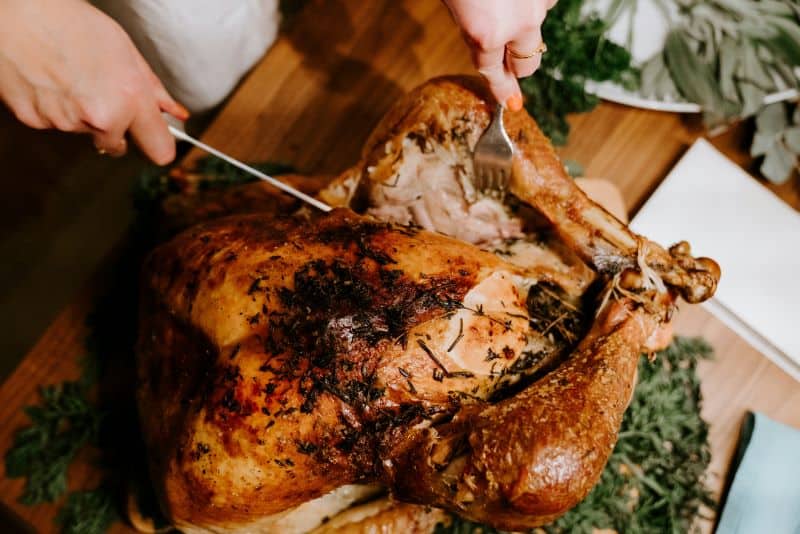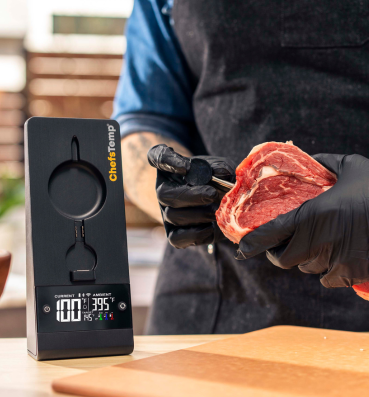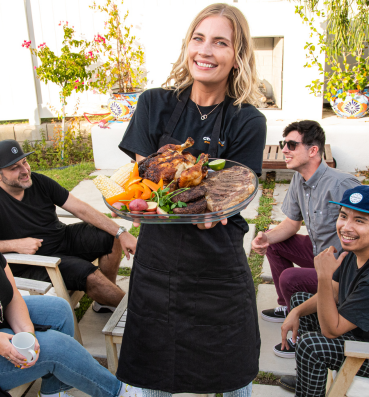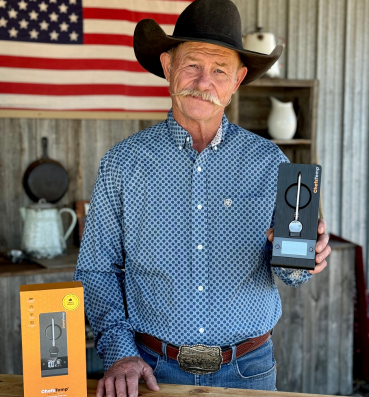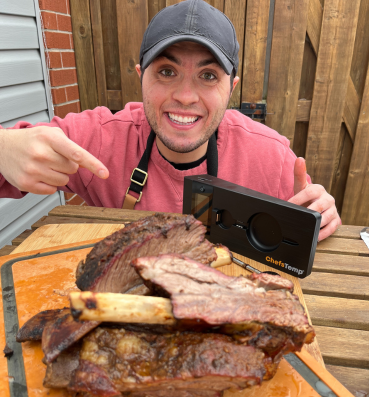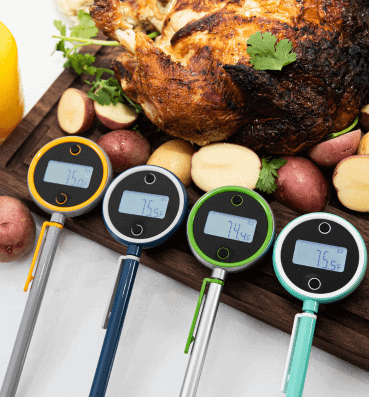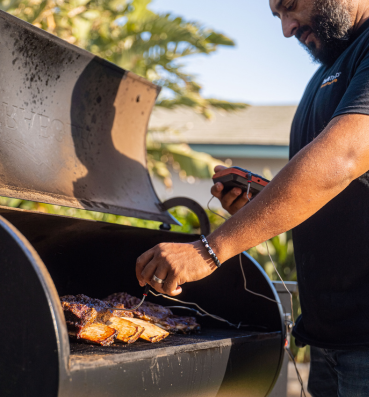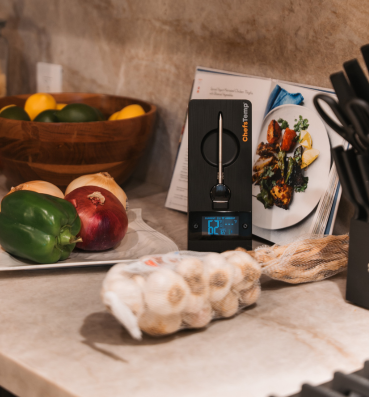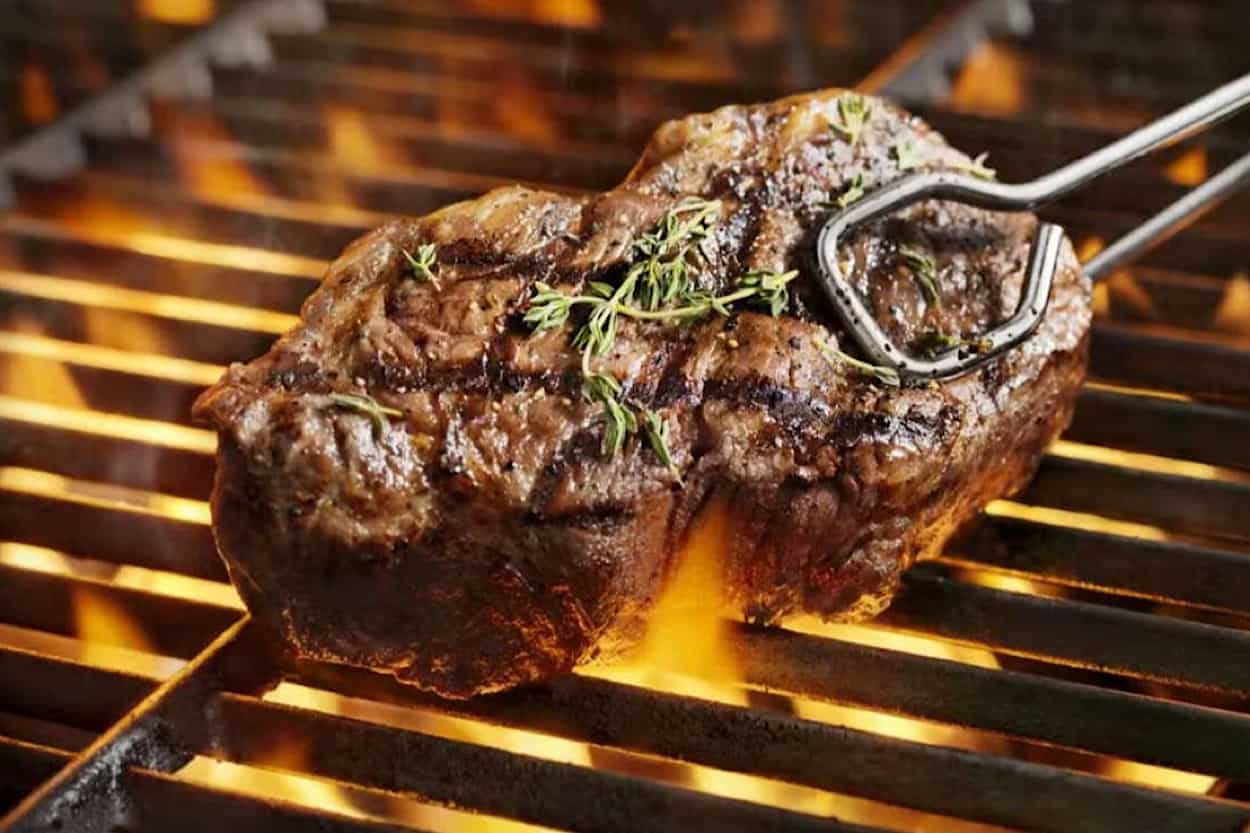
The Cooking Battle of Time vs Temperature
Cooking involves the transfer of energy from the heat source to the food. The energy transfer causes chemical and physical changes to the food, making it safe for consumption. But aside from the heat, there is another important variable you always have to consider when cooking – time. Often, people short on time crank up the heat/temperature to speed up the process. But is that optimal or safe? This guide demonstrates everything you should know about cooking time vs temperature.
Table of Contents
Cooking Time vs Temperature: Which is More Important?
Certain food requires both time and temperature control to ensure safety: these are called time and temperature control (TCS) foods. Many of these types of food are potentially hazardous foods (PHF). Both time and temperature must be thoroughly in check to minimize the growth of pathogenic microorganisms and avoid the production of harmful toxins.
Examples of TCS food:
- Raw protein/animal meat, poultry, milk, fish, crabs, lobster, shellfish, and heat-treated meat
- All types of raw seed sprouts
- Heat-treated plants
- Cut leaf-greens
- Cut tomatoes
- Garlic-in-oil mixture (except those with commercially prepared acidified products)
TCS food must be kept away from the “danger zone”, which is 41 to 135 ˚F. TCS is well-documented to cause foodborne diseases when their time and temperature requirements are not met from handling, cooking, reheating, and cooling. This is because inadequacy in both or either time and temperature allows the growth of microbial organisms due to the high concentration of nutrients, water, and level of acidity (pH) of the food (neutral or slightly acidic).
The longer the food is in the “danger zone,” the more chances and time for pathogens to grow and multiply. For safety, food held at this stage for more than a couple of hours must be thrown out. For safety reasons, you need to consider both time and temperature when cooking them.
But how do you use the two? Here’s a quick guide:
Cold holding temperature
41˚F or less – Cold food must be kept at 41˚F or lower.
Cooking temperatures
135˚ F
Hot held food, ready-to-eat food, fruits, vegetables, grains, and legumes (held hot), must be cooked at this temperature.
145˚ F for 15 seconds or more
Raw meat products like beef, lamb, pork, and veal (steaks and chops), whole seafood like fish, and eggs (if served immediately), must be cooked at this temperature for at least 15 seconds or more.
155˚ F or higher for 15 seconds or more, 150 ˚ F or higher for one minute, 145˚ F or above for three minutes
Ground meat, ostrich meat, seafood, marinated, injected, or tenderized meats, and eggs, must be cooked at 155 degrees F.
Poultry products, stuffed pasta and meats, stuffing that includes meat, and dishes with previously cooked food must be cooked at 165 degrees F.
165˚ F or higher for 15 seconds or more
Poultry meat, stuffed food products, and stuffing of meat, poultry, and wild game animals.
165 ˚ F – Microwave cooking
TCS cooked in the microwave must be cooked at 165 degrees F, covered, and rotated or stirred throughout the cooking process. Let the food sit for about two minutes before serving.
Also, reheated food must reach an internal temperature of at least 165 degrees F for at least 15 seconds. The food needs to reach this temperature as fast as possible. Warmers, steam tables, or similar equipment don’t heat food rapidly. Do not use them for reheating.
Note that even after the food is cooked, it is important to keep it away from the temperature danger zone for more than four hours to avoid bacterial growth.
Also, for storage, food must be cooled from 135˚ F to 70˚ F within a couple of hours or from 70˚F to 41˚ F within an additional four hours.
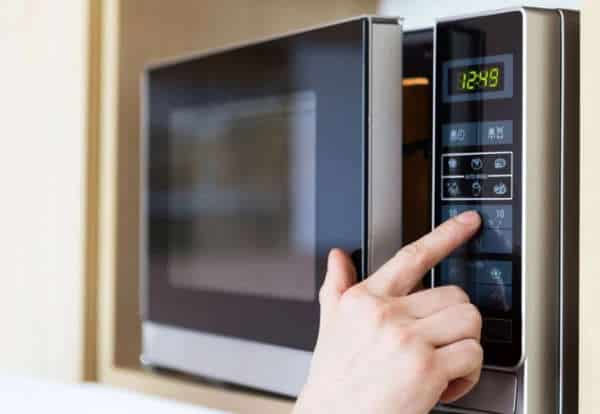
Temperature Over Time
In some cases, you will have to base your cooking on the internal temperature of the food, and not depend on the time indicated on its packaging.
Take for example the roast chicken. This dish is cooked regularly by many households. The risk of foodborne diseases such as salmonella from undercooked chicken means most roasted chicken cooked at home is overcooked, resulting in dry and dull-looking meat that is difficult to chew. Despite that, different supermarkets still suggest almost the same cooking time for different sizes (and weights) of chicken. This is because supermarkets and meat manufacturers slightly overestimate the cooking time to ensure the meat is thoroughly cooked and has met food safety guidelines.
In this case, your best point of reference would be the temperature. This is where the benefits of having handy tools like food thermometers or meat thermometers come into the picture. By using food thermometers, you can guarantee delicious, juicy, yet safe roasted chicken.
Time Over Temperature
But can you cook something
at a lower temperature for a longer period?
Yes, absolutely. Generally, when you cook, or specifically bake something at a lower temperature, you are essentially increasing the cooking time as well. The good thing about this method is you can cook the food more evenly, especially on the inside. Whatever you cook at a lower temperature will come out softer and will be more difficult to overcook.
Baking at a lower temperature, however, increases the risk of undercooking. That is why it is safer to overcook than undercook, even if you sacrifice some quality of the meat.
However, you have to familiarize yourself with the time conversion formula. Here is the formula, it’s quite easily actually:
Beginning temperature / End temperature = percentage (%) change.
This formula will help you find the right cooking time to adjust by multiplying the initial time by the percentage difference caused by temperature change.
For example, if you want to cook from 400˚F (200˚C) to 450˚F (230˚C), then that would be:
400 ÷ 450 = 0.89 or 89%.
From here, you can adjust the expected time. Following the example above, if your food takes 50 minutes to cook at 400˚F:
50 minutes x 0.89 = 44.5 minutes.
Parting Tips
Make sure you leave some safety margin and check earlier than the specified time. So if the calculated time is 44.5 minutes, make sure to check at the 40-minute mark.
Also, note that every time you open your oven, you are letting heat out. It will take 5 to 15 minutes for the temperature to adjust again. Thus, you may have to increase the cooking time.
Discover Other ChefsTemp Products
Discover more recipes and learn kitchen tricks by joining our cooking family on Facebook.
You may also like:
